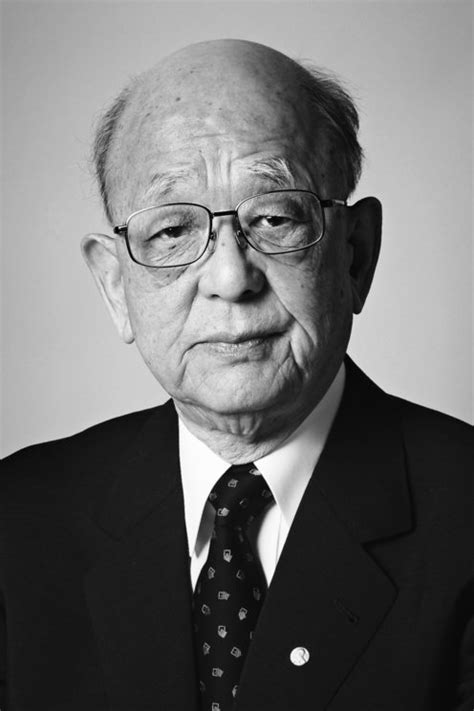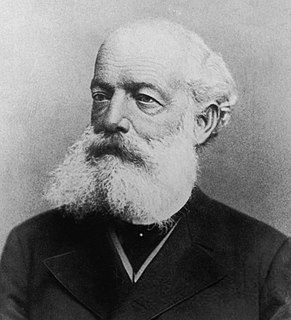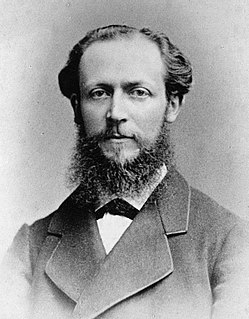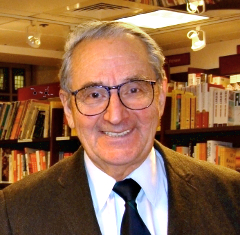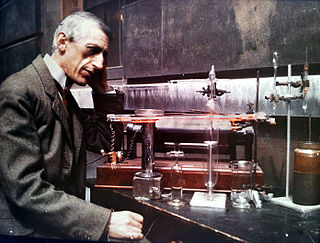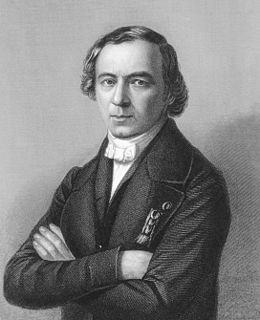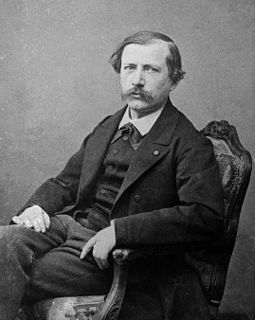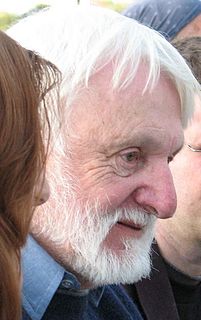A Quote by Akira Suzuki
Carbon-carbon bond formation reactions employing organoboron compounds and organic electrophiles have recently been recognized as powerful tools for the construction of new organic compounds.
Related Quotes
Few scientists acquainted with the chemistry of biological systems at the molecular level can avoid being inspired. Evolution has produced chemical compounds exquisitely organized to accomplish the most complicated and delicate of tasks. Many organic chemists viewing crystal structures of enzyme systems or nucleic acids and knowing the marvels of specificity of the immune systems must dream of designing and synthesizing simpler organic compounds that imitate working features of these naturally occurring compounds.
Originally, the atoms of carbon from which we're made were floating in the air, part of a carbon dioxide molecule. The only way to recruit these carbon atoms for the molecules necessary to support life-the carbohydrates, amino acids, proteins, and lipids-is by means of photosynthesis. Using sunlight as a catalyst the green cells of plants combine carbon atoms taken from the air with water and elements drawn from the soil to form the simple organic compounds that stand at the base of every food chain. It is more than a figure of speech to say that plants create life out of thin air.
There are, in fact, very few organic zinc compounds; only the first members of the series, which correspond to the simplest organic radicals, can be prepared without too much difficulty, but they have the disadvantage of being spontaneously inflammable in air and are consequently very dangerous to handle.
One can, then, conceive the production, by purely mineral means, of all natural hydrocarbons. The intervention of heat, of water, and of alkaline metals - lastly, the tendency of hydrocarbons to unite together to form the more condensed material - suffice to account for the formation of these curious compounds. Moreover, this formation will be continuous because the reactions which started it are renewed incessantly.
